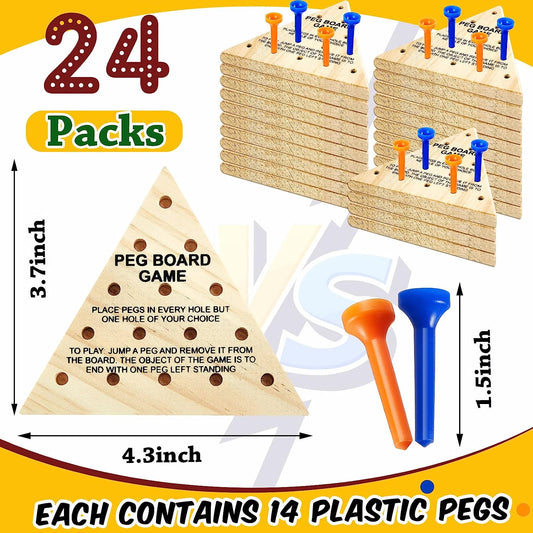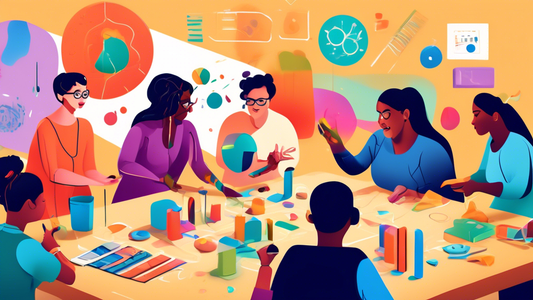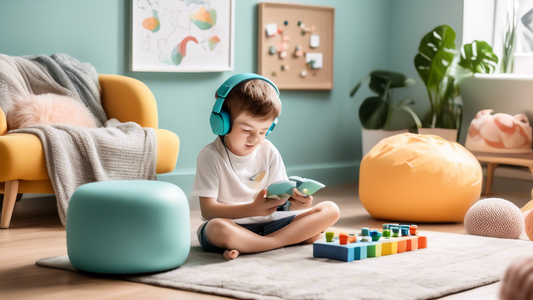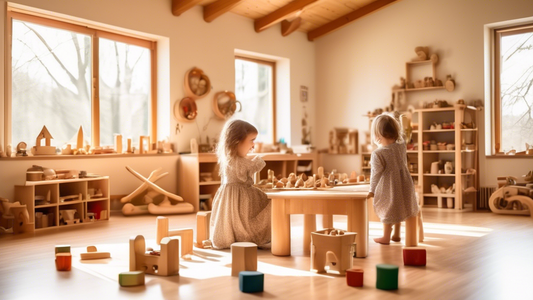Unveiling the Secrets: Creating Immersive Multisensory Havens at Home for Enhanced Learning
Embrace a World of Sensory Delights for Empowered Learning
Embark on a captivating journey to unlock the extraordinary potential of multisensory learning by transforming your home into a haven of sensory stimulation. Join me as we delve into the depths of creating enriching environments that engage all the senses, fostering an unparalleled learning experience. Get ready to ignite your curiosity, unlock your imagination, and unleash the brilliance that lies within.
Addressing Common Questions and Concerns
Before we dive into the practicalities, let's address some common questions and concerns you may have.
- Why is multisensory learning so important? It provides a holistic approach that engages multiple pathways in the brain, leading to improved memory, attention, and problem-solving abilities.
- Isn't it too overwhelming to create a multisensory environment? Absolutely not! By incorporating subtle and gradual changes, you can create a space that is both stimulating and harmonious.
- What materials and resources do I need? No need to break the bank! Everyday items such as colorful objects, aromatic candles, and soothing music can work wonders.
Sensory Havens for All Learners
Whether you're fostering a love of learning in your children or seeking to enhance your own productivity, multisensory learning caters to all individuals. It embraces diverse learning styles and abilities, ensuring that everyone finds their groove in the pursuit of knowledge.
Sight: A Symphony of Colors and Patterns
Visual stimulation plays a crucial role in learning. Surround yourself with bright colors, vibrant posters, and captivating images to ignite curiosity and enhance concentration.
- Create a color-coded system: Use different colored folders, highlighters, and sticky notes to organize materials and make learning more accessible.
- Incorporate visually appealing objects: Display collections, artwork, and souvenirs that spark imagination and evoke memories.
- Maximize natural light: Open curtains and blinds to let in ample daylight, which has been shown to boost mood and cognitive function.
Sound: The Rhythm of Learning
Music, ambient noise, and nature sounds can have a profound impact on our learning abilities. Experiment with different audio environments to find what works best for you.
- Create playlists for different tasks: Upbeat music for focus, calming melodies for relaxation, and ambient sounds for concentration.
- Incorporate sound effects: Use apps or soundboards to add a touch of interactivity to learning materials and make them more engaging.
- Embrace the power of silence: Sometimes, the absence of sound can be just as beneficial as its presence, allowing for deep thinking and reflection.
Touch: A Tangible Connection to Knowledge
Hands-on experiences are essential for solidifying learning. Provide opportunities for tactile exploration and sensory play to enhance memory and understanding.
- Utilize manipulatives: Use blocks, puzzles, and other hands-on materials to make abstract concepts more concrete.
- Incorporate sensory toys: Fidget spinners, stress balls, and playdough can help reduce stress and improve focus.
- Encourage tactile exploration: Provide opportunities to touch, feel, and manipulate different textures and objects.
Smell: The Aromatic Gateway to Learning
Scents have a powerful influence on our emotions and cognitive abilities. Incorporate pleasant aromas to create a stimulating yet calming learning environment.
- Use essential oils: Lavender, rosemary, and peppermint are known to enhance memory and alertness.
- Create aromatic experiences: Bake cookies, brew aromatic tea, or light scented candles to fill the air with stimulating fragrances.
- Experiment with different scents: Find what scents work best for you and create a personalized sensory sanctuary.
Taste: A Culinary Adventure for the Mind
While taste is not typically associated with learning, incorporating flavors and textures can add an extra dimension to the learning experience.
- Incorporate edible learning materials: Create edible shapes, use food to illustrate concepts, or engage in taste-testing experiments.
- Experiment with different flavors: Expose learners to a variety of tastes and textures to stimulate their senses and enhance memory.
- Make learning a culinary experience: Learn about different cultures and cuisines through hands-on cooking activities.
Conclusion: A Multisensory Paradise Awaits
Creating a multisensory haven at home is not a destination but a journey. By incorporating these principles and experimenting with different ideas, you can unlock the full potential of sensory learning. Embrace the transformative power of sight, sound, touch, smell, and taste to ignite your curiosity, enhance your focus, and create a learning environment that nurtures your mind and soul. Let the symphony of senses guide you on a path of limitless learning and discovery.












